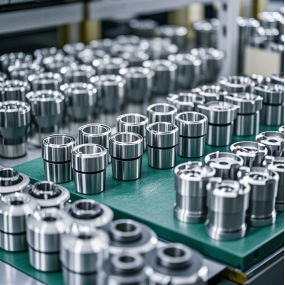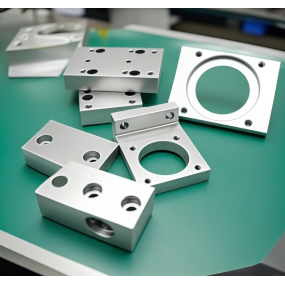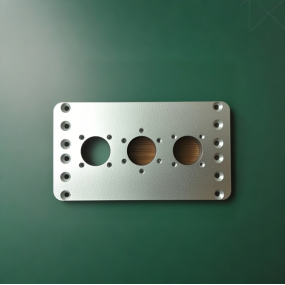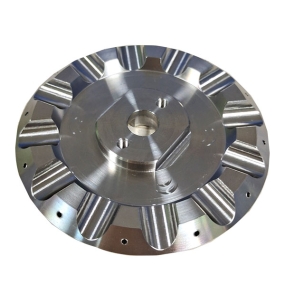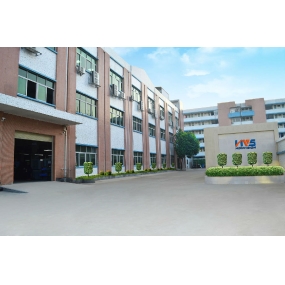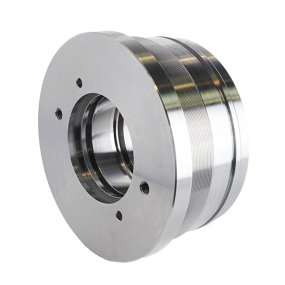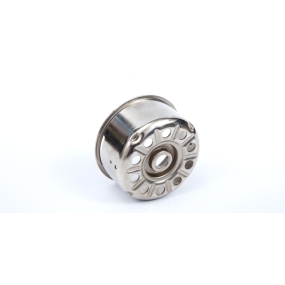The domestic market of Sheet Metal Processing has blossomed, and there are many mature solutions to choose from. The middle core sheet metal forming equipment is still dominated by numerical control bending machines, coupled with robots, although it can reduce labor input and labor intensity to a certain extent, but the teaching of new workpieces, flexible and efficient transformation of bending molds, etc., still require manual intervention, and there is no more mature and reliable solution. Especially for multi-variety, customized, and high-precision production requirements, the completion of intelligent factories is still not so satisfactory. And the four-sided folding unit came into being. Through its high-tech technologies such as unilateral bending, automatic mold changing, and partition material taking, it has successfully broken down barriers and helped the sheet metal processing smart factory to interconnect, flexible green, and unmanned production in an efficient and safe manner. Bending robots and automation are the choice of many companies to invest in order to improve production quality, improve the working environment, and make up for the shortage of workers. Many people think that the purchase of robots is mainly to replace workers, but in fact we rarely see cases where the purchase of robots leads to the layoff of employees. The prejudice we get about robots from the media is that the main job of robots is to replace human workers. The influence of bending plate performance on the quality of bending parts is mainly manifested in two aspects: In actual production, we found that even different batches and different manufacturers of materials will have performance fluctuations, stress and rebound conditions are also different, which directly leads to the instability of the accuracy of the bending parts. The fluctuation of the thickness of the material within the upper and lower tolerances is also the reason for affecting the accuracy. Even if the same bending die is used for bending, the size and shape of the obtained workpiece are also different. When the bending process increases, the cumulative error of each process will increase. In addition, the different arrangement sequence before and after the process will also have a great impact on the accuracy. Usually follow the order of short side after long side, first peripheral and then middle, first partial and then whole. The interference between the mold and the workpiece should be considered, and the bending sequence should be reasonably arranged. The bending sequence is not static. The processing sequence should be adjusted appropriately according to the shape of the bending or the obstacles on the workpiece. Mechanical properties of the material, the mechanical properties of the material refer to the shear strength, tensile strength and material yield point elongation of the material. Due to the different types and grades of materials, its mechanical properties are also different, and there are fluctuations with different batches. (2) The surface quality of the material, the thickness of the plate, and the surface quality have a greater impact on the rebound. If the surface of the material is uneven, bumpy or foreign matter, stress concentration will be generated during bending, which has a greater impact on the rebound. (3) Relative bending radius R/T (4) Bending angle, the larger the bending angle, the larger the deformation area and the larger the rebound value. But the bending angle has nothing to do with the rebound value of the bending radius. (5) The influence of equipment accuracy and bending speed, for example, in the bending process of U-shaped parts, due to the different factors such as the size of the bending machine tonnage and working speed, the bending size will change.
Hello! Welcome to EMAR's website!
 English
English » »
» »
 Spanish
Spanish Arabic
Arabic French
French Portuguese
Portuguese Belarusian
Belarusian Japanese
Japanese Russian
Russian Malay
Malay Icelandic
Icelandic Bulgarian
Bulgarian Azerbaijani
Azerbaijani Estonian
Estonian Irish
Irish Polish
Polish Persian
Persian Boolean
Boolean Danish
Danish German
German Filipino
Filipino Finnish
Finnish Korean
Korean Dutch
Dutch Galician
Galician Catalan
Catalan Czech
Czech Croatian
Croatian Latin
Latin Latvian
Latvian Romanian
Romanian Maltese
Maltese Macedonian
Macedonian Norwegian
Norwegian Swedish
Swedish Serbian
Serbian Slovak
Slovak Slovenian
Slovenian Swahili
Swahili Thai
Thai Turkish
Turkish Welsh
Welsh Urdu
Urdu Ukrainian
Ukrainian Greek
Greek Hungarian
Hungarian Italian
Italian Yiddish
Yiddish Indonesian
Indonesian Vietnamese
Vietnamese Haitian Creole
Haitian Creole Spanish Basque
Spanish Basque


